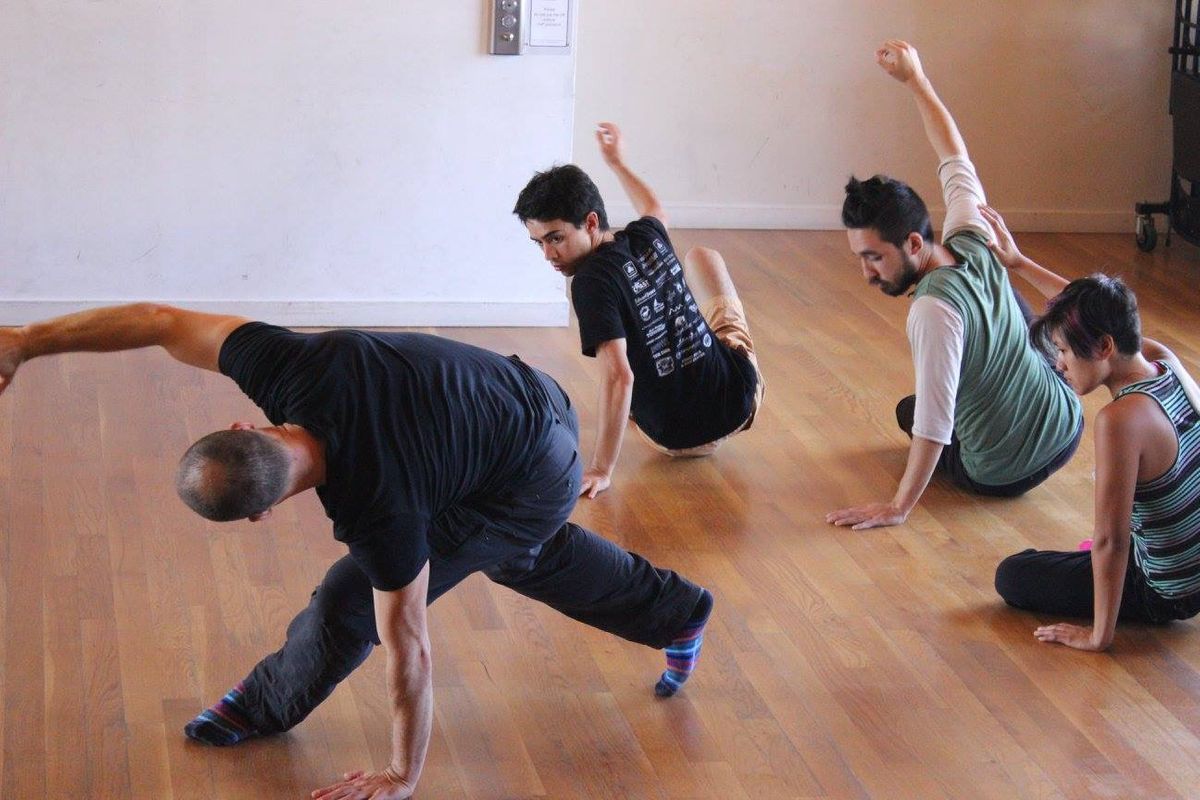
If your students are going to class regularly, they’re probably in great shape, right? Most likely! However, even the most well-rounded dance class schedule can leave some gaps in overall physical fitness. “Any athlete should cross-train, especially ones who spend a lot of time doing one particular modality,” says trainer Sebastian Grubb.
Here, he shares three areas of fitness your students might not be addressing.
Upper-body strength
Depending on the styles of dance your students focus on, they may be building most of their strength in their lower half and neglecting their upper body. Styles like ballet and tap, in particular, are heavily focused on the legs and feet. It can be easy for dancers to forget about their arms, shoulders and back.
For why upper-body strength is important, click here.
Cardiovascular fitness
Grubb has noticed a broad range of aerobic capacities in dancers. “It seems to depend on the styles of dance, the frequency of their training and the culture of the dancing,” he says. “For example, are they doing styles that are more about body shape and poise or that include lots of jumping? Things like that will make a big difference in how well someone can deliver oxygen to their body.”
For low-impact cardio training, he suggests swimming, cycling or circuit training.
Expansive locomotion
Being able to travel across the floor expansively is a skill that dancers need to develop. Whether it’s because studio space is small or the dance style being taught is more localized, this aspect of fitness is frequently sidelined.
“It is extremely healthy to train on a larger scale with full-bodied movement, where you have different muscle groups and joints talking to each other,” says Grubb. “The connective tissue throughout the body becoming a more intelligent and resilient system.”
To train this way, he suggests running, climbing, crawling and “playing movement games, where the body is just a little more free form and chaotic.”




